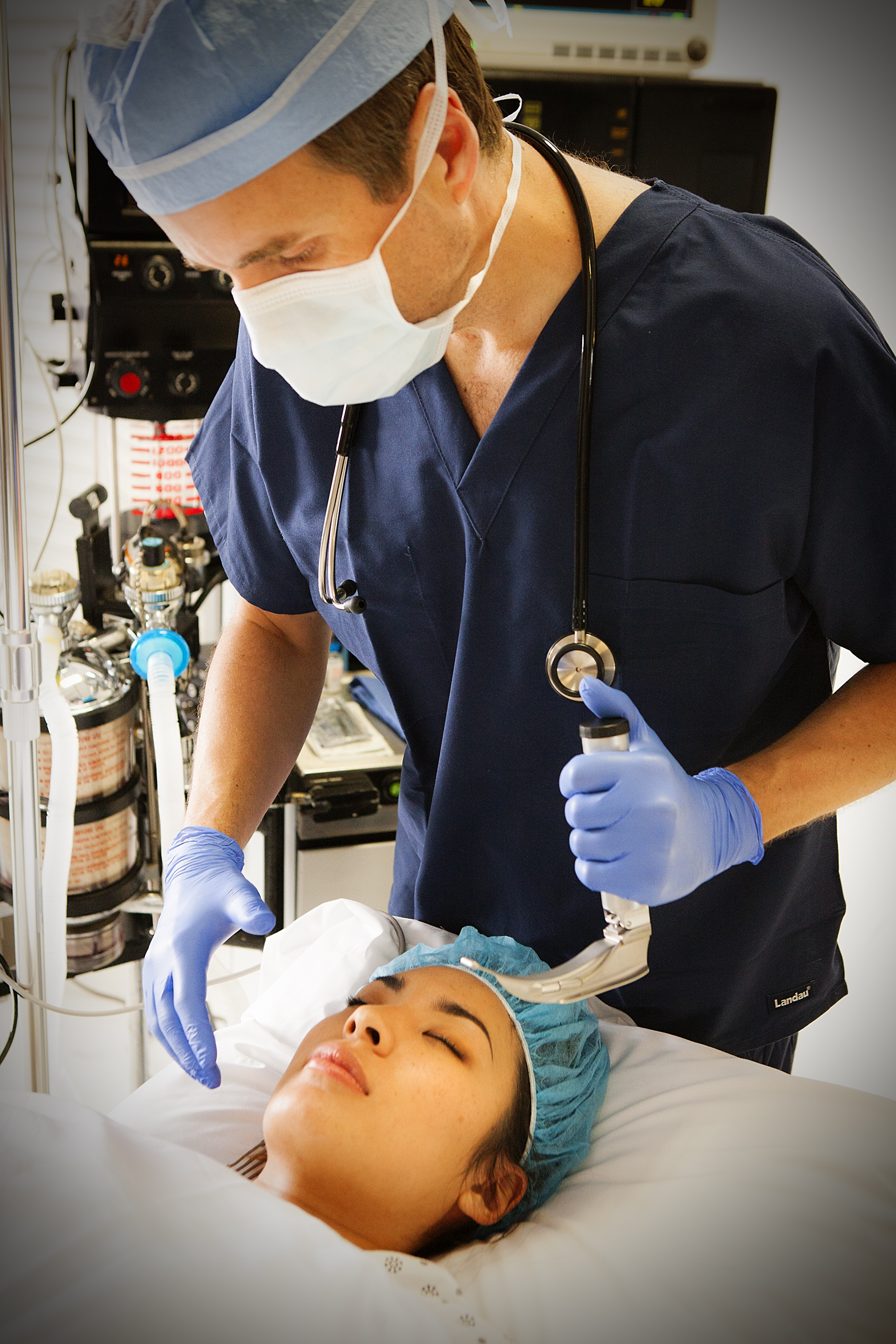
The electronic health record (EHR) is a longitudinal electronic record of patient health information collected in multiple care delivery settings and includes patient demographics, progress notes, vital signs, problems, medications, past medical history, immunizations, laboratory data, and radiology reports.[1] The widespread adoption of EHR promises to streamline clinician workflow, provide a more comprehensive, accurate, and convenient overview of a patient’s health history, and allow rapid sharing of records between healthcare providers.[2] In the 2012 Physician Sentiment Index, 81 percent of physicians believed that EHRs can improve access to clinical data and over two-thirds believed that EHRs could improve patient care.[3]
One major benefit of EHR usage is that all clinicians involved in a patient’s care can exchange information in a secure manner, improving clinical workflow, hospital interactions, and patient outcomes.[4] Cues in the EHR software may ensure that essential information is recorded and fewer mistakes are made, provide insight into quality measures and productivity, and increase staff and provider efficiency.[5] Additionally, patients are able to access their own medical records and view their history, lab results, and medications at any time.
The Meaningful Use program was created by the U.S. government in 2009 as part of the Health Information Technology for Economic and Clinical Health (HITECH) Act. It aims to promote nationwide adoption of EHR systems through a set of financial incentives and penalties. Healthcare providers that demonstrate meaningful use of EHRs, as defined by a set of criteria by the Centers of Medicare and Medicaid Services (CMS), are eligible to receive up to $44,000 through the Medicare Meaningful Use program or $63,750 through the respective Medicaid program. On the other hand, eligible providers who do not demonstrate meaningful use of EHR by 2015 will not receive 100 percent of their Medicare fee schedule.[6]
There are three distinct stages to the Meaningful Use program which are designed to gradually increase EHR adoption over several years. Stage 1, Data Capture and Sharing, began in 2011 and required providers to establish proper standardized data capture, communicate information for care coordination, and engage patients and families using EHR. Providers were required to attest that they had met nine core objectives and one public health objective in order to receive their incentive payment. Stage 2, Advanced Clinical Processes, required providers to extend EHR to a larger segment of their patient population, increase the amount of patient-controlled data, and provide more rigorous health information exchange starting in 2014. The attestation requirements were the same in Stage Two as in Stage One. Stage Three, Improved Outcomes, intends to simplify the program, increase interoperability between EHRs, improve patient outcomes, and provide greater patient access to self-management tools. However, details of the objectives have not been finalized yet and providers are not required to begin Stage Three until 2018.[7]
Providers must meet the standards issued by the Officer of the National Coordinator for Health Information Technology in order to receive Meaningful Use certification. They must demonstrate that their EHR system is secure, can maintain data privacy, and share information with other systems in order to qualify for a Medicare or Medicaid incentive payment.[8]
According to CMS, only 422 anesthesiologists had received financial incentives as of June 19, 2012, less than 1 percent of physicians who identified their specialty as anesthesiology. Under CMS guidelines, anesthesiologists often fall under the category of “eligible professionals” rather than “hospital-based eligible professionals,” who are exempt from financial incentives and penalties. At least 90 percent of services must be performed within the inpatient setting for a physician to be deemed hospital-based, which excludes anesthesiology outpatient and office settings. Thus, many anesthesiologists faced pay reductions beginning in 2015.[9]
Due to these concerns, CMS created a hardship exemption that would exempt anesthesiologists from payment penalties, recognizing the nature of the patient-anesthesiologist relationship, workflow challenges, and the state of current EHR technology for anesthesiologists. Anesthesiologists may still attempt to become meaningful users and receive incentives, as the hardship exemption only prevents them from being financially penalized.[10]
The American Society of Anesthesiologists continues to advocate for additional flexibility for physicians who achieve a close percentage of all the Meaningful Use objectives and recommends excluding anesthesiologists from other requirements, including the clinical summary requirement, syndromic surveillance, e-communication with patients, and computerized order entry for transfers of care objectives.[11]
[1] http://www.himss.org/library/ehr/
[2] http://www.athenahealth.com/knowledge-hub/ehr/emr-vs-ehr
[3] http://www.athenahealth.com/knowledge-hub/ehr/advantages
[4] http://www.healthit.gov/buzz-blog/electronic-health-and-medical-records/emr-vs-ehr-difference/
[5] http://www.athenahealth.com/knowledge-hub/ehr/benefits
[6] http://www.athenahealth.com/knowledge-hub/meaningful-use/what-is-meaningful-use
[7] http://www.athenahealth.com/knowledge-hub/meaningful-use/stages
[8] http://www.athenahealth.com/knowledge-hub/meaningful-use/certification
[9] http://monitor.pubs.asahq.org/article.aspx?articleid=2445240&resultclick=1
[10] https://www.asahq.org/advocacy/federal-activities/regulatory-activity/electronic-health-record
[11] https://www.asahq.org/advocacy/federal-activities/regulatory-activity/electronic-health-record




